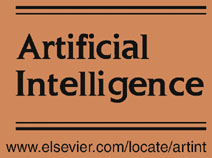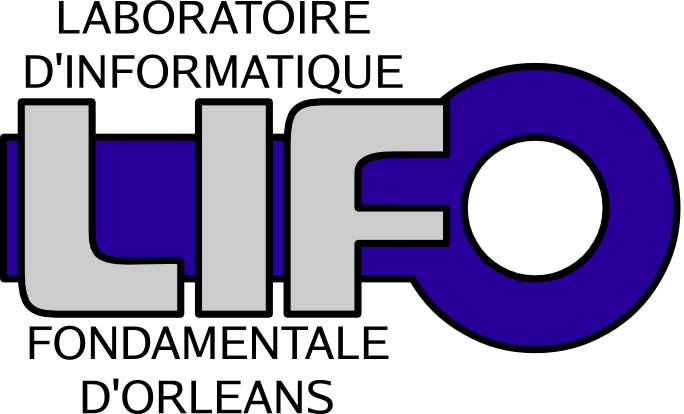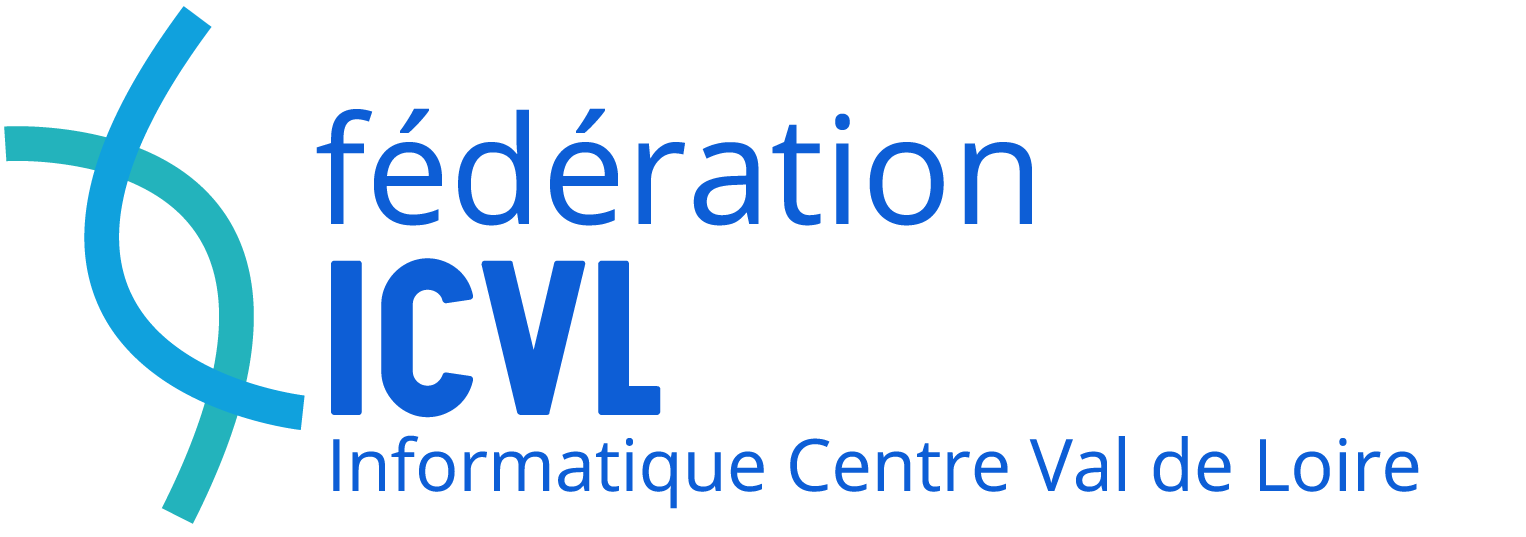
Thanks to Thanh Binh Nguyen for Orléans pictures.
The list of talks is available.
Schedule : 9h-17h
Two invited speakers
- Stephen Muggeton , Imperial College London
- Jean-Daniel Zucker, Sorbonne Université, IRD, UMMISCO.
Program
| 09:00-09:15 | Welcome |
| 09:15-10:15 | Ultra-Strong Machine Learning – Comprehensibility
of
Programs Learned with ILP Stephen Muggleton, Imperial College London. slides |
| 10:15-10:45 | Coffee break |
| 10:45-11:10 | Admissible Generalizations of Examples as Rules Philippe Besnard (1), Thomas Guyet (2), Véronique Masson (3) (1) CNRS-IRIT, (2) Agrocampus-ouest/IRISA, (3) Univ Rennes, Inria, CNRS, IRISA slides |
| 11:10-11:35 | A brief tour of techniques to interpret machine
learning decision rules with applications to health data M. Chiapino (1) and (2), H. Amadou-Boubacar (2), S. Clemencon (1) (1)Telecom ParisTech, (2)Air Liquide |
| 11:35-12:10 | Instance-based Method for Post-hoc
Interpretability: a Local
Approach Thibault Laugel Sorbonne Université slides |
| 12:10-12:30 | Discussion |
| 12:30-14:00 | Lunch |
| 14:00-15:00 | Interpretability in Machine Learning for Precision
Medicine Jean-Daniel Zucker, Sorbonne Université, IRD, UMMISCO. |
| 15:00-15:30 | Coffee break |
| 15:40-16:05 | Feature Selection for Unsupervised Domain
Adaptation using
Optimal Transport Léo Gautheron(1), Ievgen Redko(1), Carole Lartizien(2) (1) Univ Lyon, UJM-Saint-Etienne, CNRS, Institut d'Optique Graduate School Laboratoire Hubert Curien UMR 5516 (2) Univ Lyon, INSA-Lyon, Université Claude Bernard Lyon 1, UJM-Saint Etienne, CNRS, Inserm, CREATIS UMR 5220, U1206, |
| 16:05-16:30 | Descriptive clustering Thi Bich Hanh Dao, Christel Vrain LIFO, Université d'Orléans slides |
| 16:30-17:00 | Discussion |
Talks
Ultra-Strong
Machine Learning – Comprehensibility of Programs Learned with ILPStephen Muggleton, Imperial College London.
During
the 1980s Michie defined Machine Learning in terms of two orthogonal
axes of performance: predictive accuracy and comprehensibility of
generated hypotheses. Since predictive accuracy was readily
measurable and comprehensibility not so, later definitions in the
1990s, such as Mitchell’s, tended to use a one-dimensional approach to
Machine Learning based solely on predictive accuracy, ultimately
favouring statistical over symbolic Machine Learning approaches. In
this paper we provide a definition of comprehensibility of hypotheses
which can be estimated using human participant trials. We present two
sets of experiments testing human comprehensibility of logic programs.
In the first experiment we test human comprehensibility with and
without predicate invention. Results indicate comprehensibility is
affected not only by the complexity of the presented program but also
by the existence of anonymous predicate symbols. In the second
experiment we directly test whether any state-of-the-art ILP systems
are ultra-strong learners in Michie’s sense, and select the Metagol
system for use in humans trials. Results show participants were not
able to learn the relational concept on their own from a set of
examples but they were able to apply the relational definition provided
by the ILP system correctly. This implies the existence of a class of
relational concepts which are hard to acquire for humans, though easy
to understand given an abstract explanation. We believe improved
understanding of this class could have potential relevance to contexts
involving human learning, teaching and verbal interaction.
Interpretability in Machine Learning for Precision Medicine
Jean-Daniel Zucker, Sorbonne Université, IRD, UMMISCO.
Interpretability
of machine learning models is becoming an increasing
concern especially when used for precision medicine. In the context of
new regulations
regarding the transparency and fairness of algorithms the societal and
legal pressure for
explainable AI models in medical domain is even stronger. State of the
art Machine Learning algorithms are
often trading accuracy at the expense of interpretability. We
will present several precision
medicine questions in the field of cardio-metabolic diseases and
discuss different interpretable
approaches to learn from clinical, Omics
and image data.
Admissible Generalizations of Examples as Rules
Philippe Besnard (1), Thomas Guyet (2), Véronique Masson (3)
(1) CNRS-IRIT, (2) Agrocampus-ouest/IRISA, (3) Univ Rennes, Inria, CNRS, IRISA
A brief tour of techniques to interpret machine learning decision rules with applications to health data
M. Chiapino (1) and (2), H. Amadou-Boubacar (2), S. Clemencon (1)
(1)Telecom ParisTech, (2)Air Liquide
Descriptive clustering
Thi Bich Hanh Dao, Christel Vrain
LIFO, Université d'Orléans
Feature Selection for Unsupervised Domain Adaptation using Optimal Transport
Léo Gautheron(1), Ievgen Redko(1), Carole Lartizien(2)
1) Univ Lyon, UJM-Saint-Etienne, CNRS, Institut d'Optique Graduate School Laboratoire Hubert Curien UMR 5516
2) Univ Lyon, INSA-Lyon, Université Claude Bernard Lyon 1, UJM-Saint Etienne, CNRS, Inserm, CREATIS UMR 5220, U1206,
Instance-based Method for Post-hoc Interpretability: a Local Approach
Thibault Laugel
Sorbonne Université


